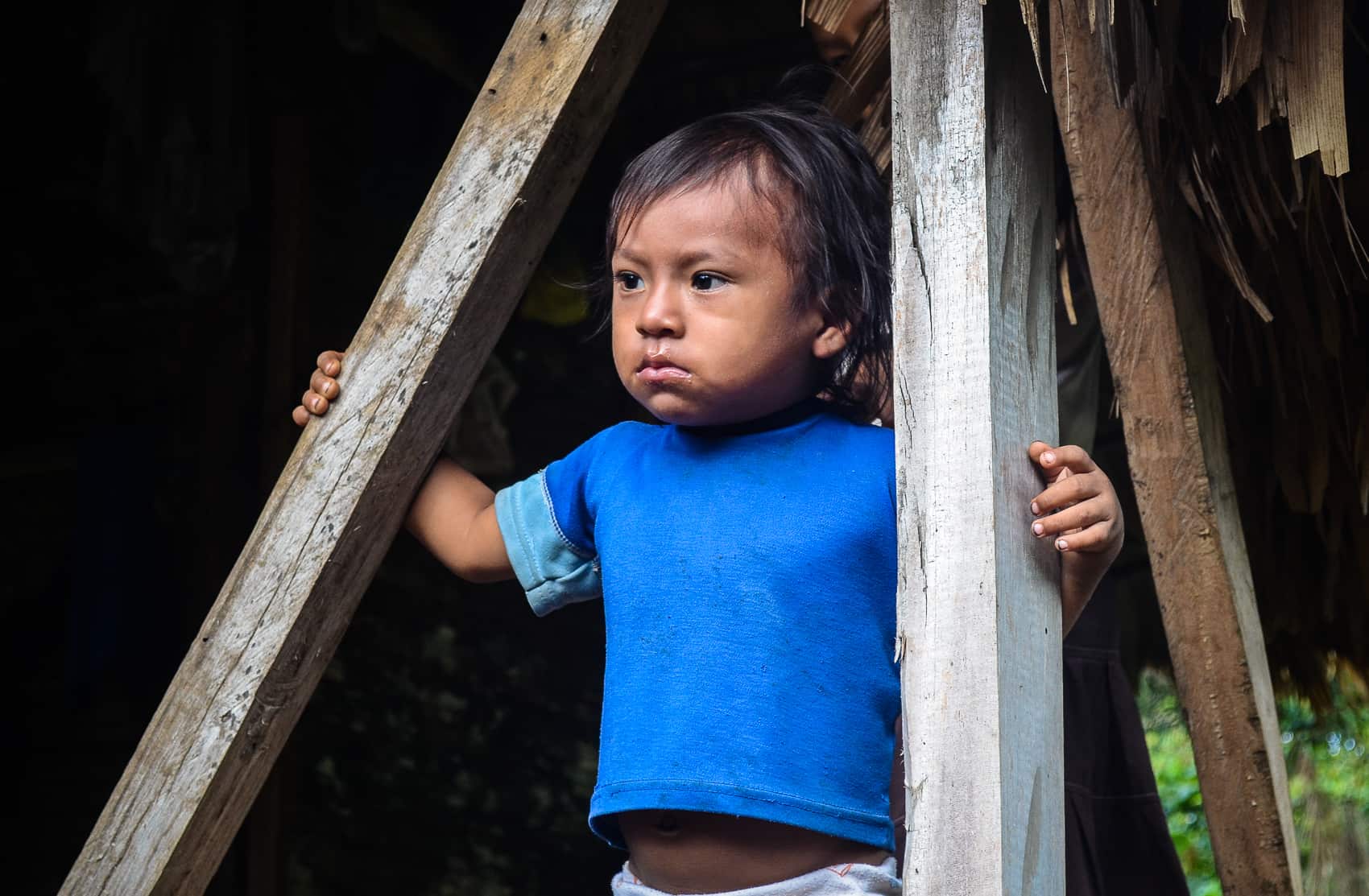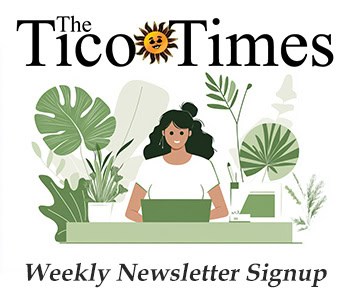Part political dialogue, part cultural celebration – National Indigenous Day, celebrated Tuesday, brought together indigenous groups from not only various regions of Costa Rica, but different countries as well. Starting Saturday, various performances and workshops held at and near the National Museum put traditional dances from the Cabécar people and weaving techniques from the Boruca tribe, both from the country’s Southern Zone, on display in downtown San José.
Visitors from tribes in the United States and Canada met with Costa Rican leaders Sunday to discuss mutual concerns and draft an open letter to President Abel Pacheco regarding indigenous rights.
“As Indigenous Peoples, we desire to have a share in the natural wealth of the state, and the right to enjoy fundamental human rights,” the letter said, calling on Pacheco to visit indigenous communities and address the survival of indigenous languages, cultures, and natural resources.
Minor Vargas, social coordinator for the Foundation for the Cultural and Social Development of Costa Rican Indigenous Ethnicities (FUNDEICO), told The Tico Times a group of indigenous leaders met at Casa Presidencial on Tuesday with Marlon Medina, legal advisor on indigenous populations for the Casa Presidencial Technical Council, and discussed plans including a series of seminars on indigenous concerns.
The first will be held this month, with another to follow in July, Vargas said. “We’re happy with this year’s National Indigenous Fair,” Vargas added. “It was a great success.”
Vargas said lack of access to healthcare and roads are among the most serious problems facing indigenous groups today, many of whose members live in extreme poverty.
Costa Rica is home to eight different indigenous cultures (Bribrí, Cabécar, Guaymi, Térraba, Boruca, Malecu, Huetares, and Chorotegas) in 24 territories, as well as six living indigenous languages.
Events held over the weekend included traditional dances in the Plaza de la Cultura in downtown San José and a concert by Broken Walls, a Mohawk group from Canada.
FUNDEICO, through its four-year-old alliance with the Association of First North American Nations, coordinated the visit of Broken Walls and other North American groups such as representatives of the Cree Nation of Quebec, Canada.
Kenny Blacksmith, former deputy grand chief of the Cree Nation, said one goal of his is to offer support for the often overlooked indigenous groups here. This was his third National Indigenous Day celebrated in Costa Rica.
“We challenge the government of Costa Rica to recognize, respect and honor the traditions of the indigenous people of this country,” Blacksmith said.
The Cree Nation has particular sympathy for the plight of the Boruca people, whose lands in southern Costa Rica are threatened by a hydroelectric project under consideration by the Costa Rican Electricity Institute (ICE). Quebec’s largest hydroelectric project, three or four times the size of the proposed Boruca dam, is on Cree lands, so “we have 35 years of experience with this,” Blacksmith said.
“We’re just hoping that the (Costa Rican) government will have a better understanding of the unresolved issues that need to be addressed,” he added.
The North American representatives will be here through April 23, visiting communities throughout the country.
On Wednesday, they made a visit to the Talamanca area on the Caribbean slope and performed at the Agricultural and Fishing Technical High School in the town of Bribrí, according to Vargas.
“We want to leave an impression on the indigenous people (of Costa Rica) that we’re not just here for a few days. We’ll come back again and again,” Blacksmith said.
Tuesday’s events in San José included demonstrations of weaving methods by Margarita and Marina Lázaro, both from the Brunca community of the Boruca indigenous group. They said they left Brunca at 3 a.m. on Tuesday for the seven-hour journey to San José.
Approximately 90% of their community makes a living by selling traditional Boruca handcrafts, they said. Vargas pointed to the sale of such products as a major benefit of National Indigenous Day.
“It’s an important source of income,” he said, adding that people who travel to San José for the event usually sell 100% of the products they display.
Also on Tuesday, the Public Education Ministry celebrated the 10th anniversary of its Indigenous Education Department.
“In 1995, the ministry created this department as the agency charged with supervising… the process of indigenous education for the national indigenous communities,” said a ministry statement, adding that the department has initiated changes such as the teaching of indigenous culture and language at both the primary and secondary level, and assesses all teachers who work in the country’s 224 indigenous schools.








